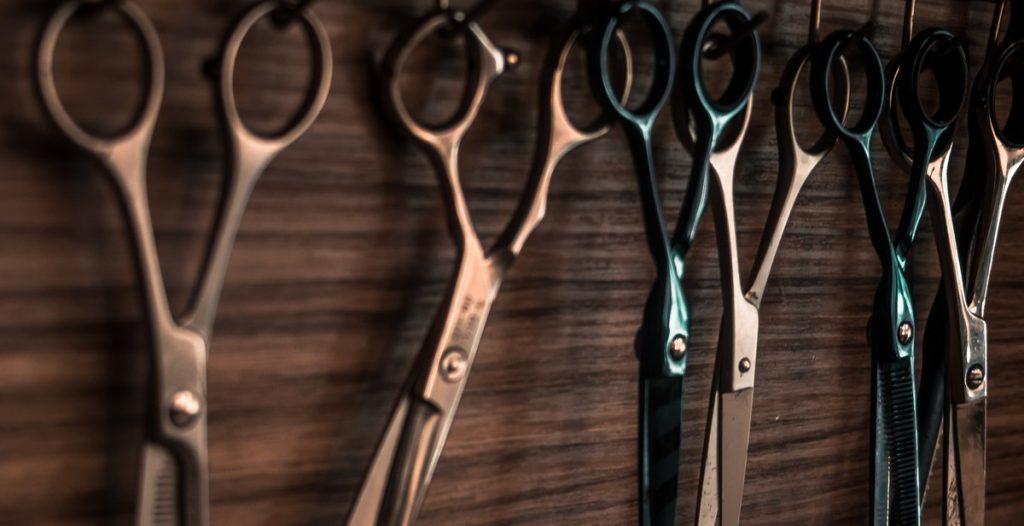The Fascinating World of Antique and Vintage Jewelry: A Collector’s Guide
If you’re a jewelry enthusiast, you know that antique and vintage jewelry pieces are a treasure trove of history, stories, and unique designs. These pieces have stood the test of time, and their beauty and craftsmanship still captivate us today.
Antique jewelry refers to pieces that are over 100 years old, while vintage jewelry is typically at least 20 years old. Both types of jewelry are highly sought-after by collectors and enthusiasts, as they offer a glimpse into the styles and trends of the past.
Antique and vintage jewelry pieces can come in a wide range of styles, from delicate and intricate Victorian pieces to bold and geometric Art Deco designs. They can be made from a variety of materials, including precious metals like gold and silver, as well as gemstones like diamonds, rubies, and emeralds.
When it comes to collecting antique and vintage jewelry, there are many factors to consider, including the age, rarity, and condition of the piece. It’s also important to learn about the different styles and eras of jewelry design, as well as how to properly care for and maintain your collection.
In this guide, we’ll explore the fascinating world of antique and vintage jewelry, including the history, styles, and techniques used to create these timeless treasures.
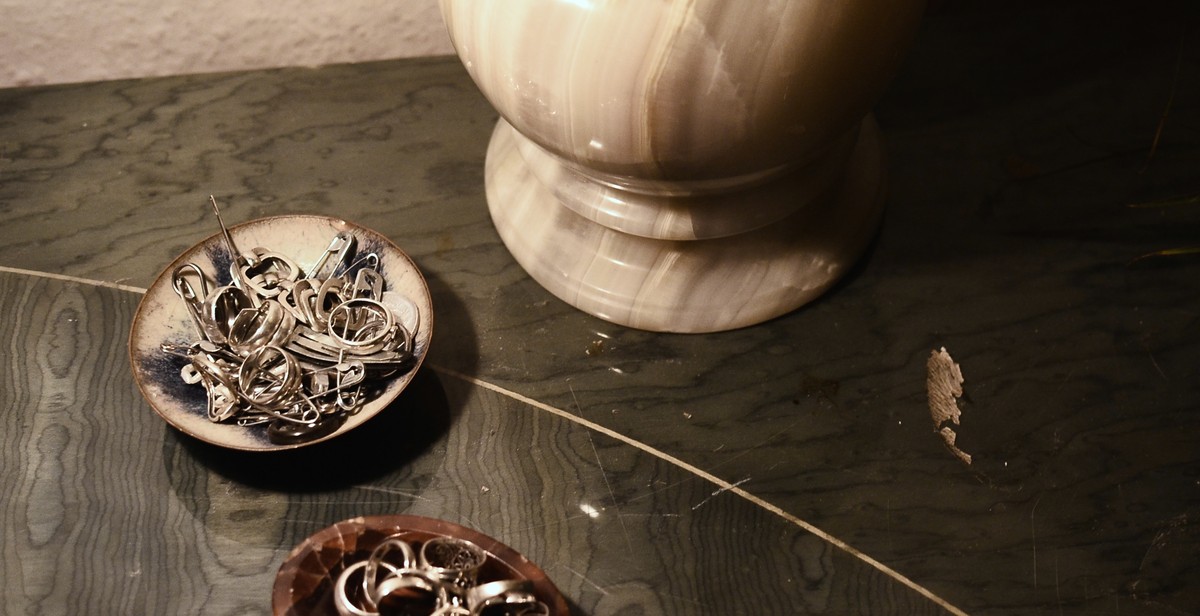
Antique Jewelry
Antique jewelry is a type of jewelry that is over 100 years old. These pieces are highly sought after by collectors and enthusiasts due to their rarity, historical significance, and unique craftsmanship.
Types of Antique Jewelry
Antique jewelry comes in many forms, including:
- Victorian Jewelry: This type of jewelry was popular during the reign of Queen Victoria (1837-1901) and is known for its intricate designs and use of gemstones like diamonds, pearls, and rubies.
- Art Nouveau Jewelry: This style emerged in the late 19th century and is characterized by flowing, organic designs inspired by nature.
- Art Deco Jewelry: Popular in the 1920s and 1930s, this style is known for its geometric shapes, bright colors, and use of materials like platinum and diamonds.
- Edwardian Jewelry: This style was popular during the reign of King Edward VII (1901-1910) and is known for its delicate, feminine designs featuring pearls, diamonds, and other precious stones.
Factors to Consider When Collecting Antique Jewelry
When collecting antique jewelry, there are several factors to consider:
- Provenance: The history and origin of the piece can greatly affect its value.
- Condition: The condition of the piece is important, as damage or restoration can affect its value.
- Rarity: The rarity of the piece can greatly affect its value.
- Materials: The type of materials used in the piece, such as gold, platinum, or gemstones, can also affect its value.
How to Care for Antique Jewelry
To preserve the value and beauty of antique jewelry, it is important to take proper care of it. Here are some tips:
| Tip | Description |
|---|---|
| Store properly | Store antique jewelry in a cool, dry place away from direct sunlight and moisture. |
| Clean gently | Clean antique jewelry gently with a soft cloth and mild soap and water. |
| Avoid harsh chemicals | Avoid exposing antique jewelry to harsh chemicals, such as bleach or ammonia. |
| Handle with care | Avoid wearing antique jewelry during activities that may cause damage, such as sports or heavy lifting. |
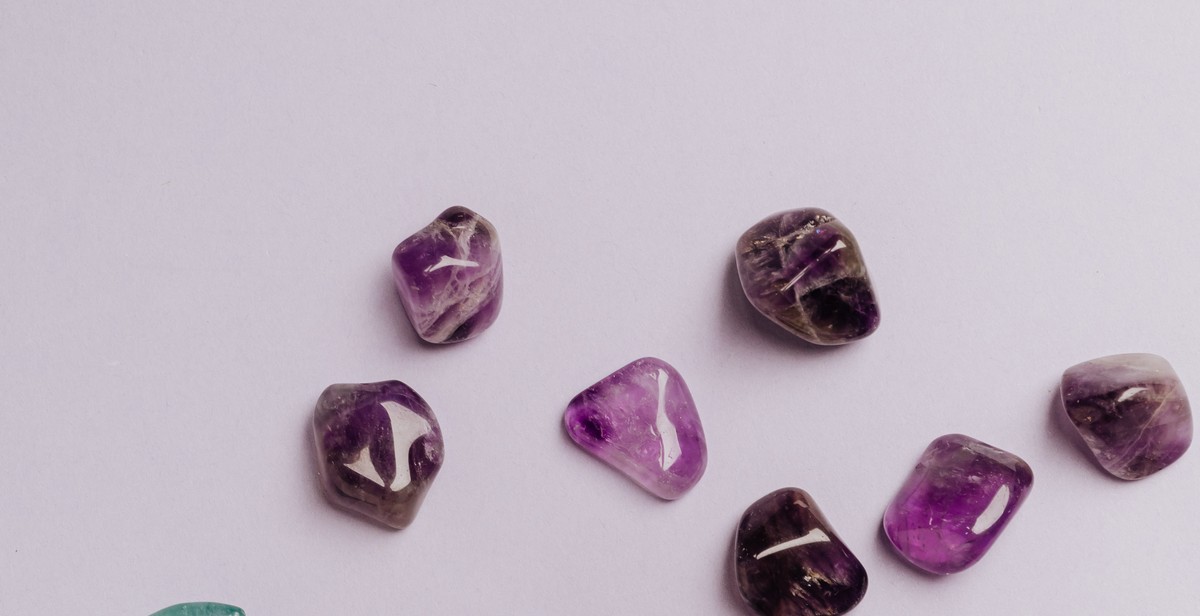
Vintage Jewelry
Vintage jewelry refers to jewelry pieces that are at least 20 years old. These pieces are often considered as a treasure and a piece of history. They have unique designs and are often made of high-quality materials that are no longer available today. Vintage jewelry has become popular among collectors and fashion enthusiasts due to their rarity, uniqueness, and timeless beauty.
Types of Vintage Jewelry
There are many types of vintage jewelry, including:
- Art Deco Jewelry
- Victorian Jewelry
- Edwardian Jewelry
- Art Nouveau Jewelry
- Mid-Century Modern Jewelry
- Retro Jewelry
Each type of vintage jewelry has its own unique characteristics and designs that reflect the time period in which it was made.
Factors to Consider When Collecting Vintage Jewelry
Collecting vintage jewelry can be a rewarding experience, but it is important to consider the following factors:
- Authenticity: It is important to verify the authenticity of vintage jewelry pieces to ensure that they are not counterfeit.
- Condition: The condition of the vintage jewelry piece is important as it can affect its value and overall appearance.
- Provenance: Knowing the history and origin of the vintage jewelry piece can add to its value and significance.
- Value: The value of vintage jewelry can vary depending on factors such as rarity, materials, and design.
How to Care for Vintage Jewelry
Proper care and maintenance are important to preserve the beauty and value of vintage jewelry. Here are some tips:
| Do’s | Don’ts |
|---|---|
|
|
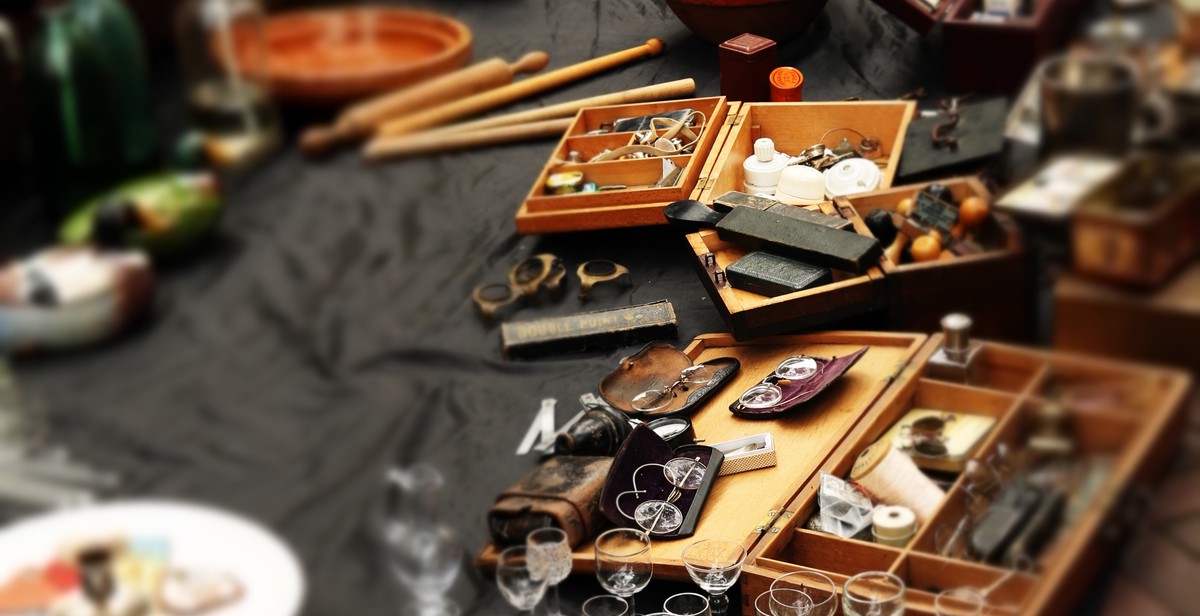
Differences Between Antique and Vintage Jewelry
Antique and vintage jewelry are often used interchangeably, but they actually refer to different categories of jewelry. Understanding the distinctions between the two can help you make informed decisions when building your collection.
Age and Time Period
The main difference between antique and vintage jewelry is their age. Antique jewelry is typically over 100 years old and often comes from the Georgian, Victorian, Edwardian, or Art Nouveau periods. These pieces are rare and have historical significance, making them highly sought after by collectors. On the other hand, vintage jewelry is typically between 20 and 100 years old and often comes from the Art Deco, Retro, or Mid-Century Modern periods. These pieces are more readily available and may have more sentimental value to collectors.
Design and Style
Antique jewelry often features intricate designs and ornate details, reflecting the craftsmanship and artistry of its time period. Vintage jewelry, on the other hand, often features bold and geometric designs that reflect the changing trends of the 20th century. Both types of jewelry have their own unique aesthetic, and choosing between them often comes down to personal preference.
Materials and Techniques Used
Antique jewelry was often made with precious metals like gold and silver and adorned with gemstones like diamonds, rubies, and sapphires. The techniques used to create these pieces were often labor-intensive and required a high level of skill. Vintage jewelry, on the other hand, often made use of new materials like plastics and synthetic gemstones. The techniques used to create these pieces were often more streamlined and mass-produced.
| Category | Antique Jewelry | Vintage Jewelry |
|---|---|---|
| Age and Time Period | Over 100 years old, typically from Georgian, Victorian, Edwardian, or Art Nouveau periods | Between 20 and 100 years old, typically from Art Deco, Retro, or Mid-Century Modern periods |
| Design and Style | Intricate and ornate designs that reflect the craftsmanship and artistry of its time period | Bold and geometric designs that reflect changing trends of the 20th century |
| Materials and Techniques Used | Precious metals like gold and silver, gemstones like diamonds, rubies, and sapphires, labor-intensive techniques | New materials like plastics and synthetic gemstones, streamlined and mass-produced techniques |
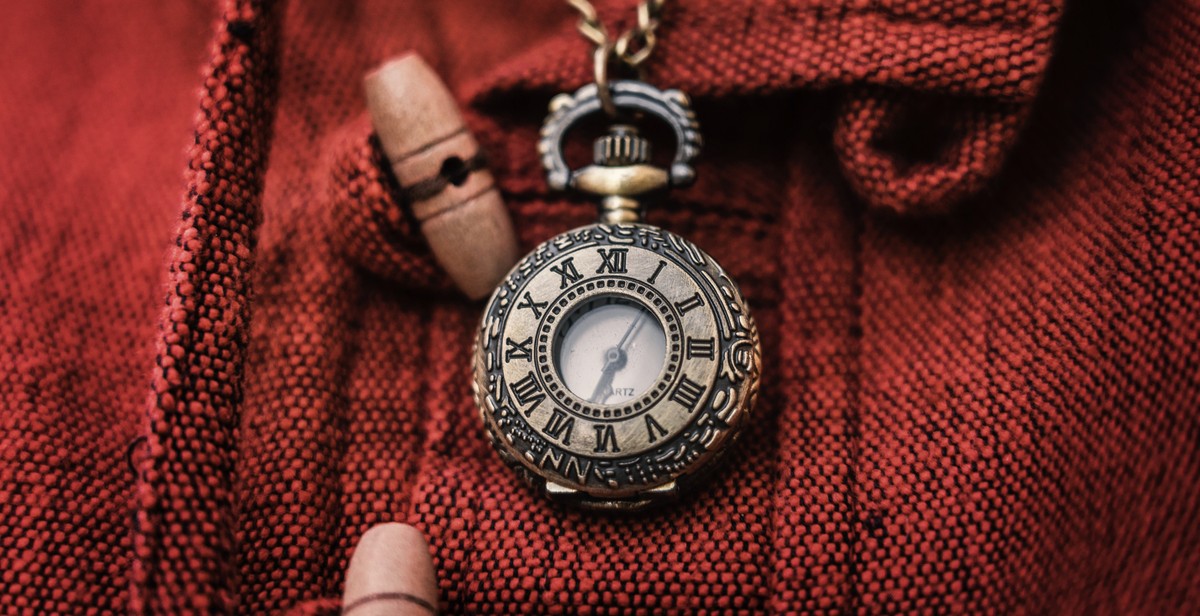
Popular Antique and Vintage Jewelry Styles
Antique and vintage jewelry styles are highly sought-after by collectors and enthusiasts alike. These pieces are not only beautiful but also carry a rich history and cultural significance. Here are some of the most popular antique and vintage jewelry styles:
Victorian Jewelry
Victorian jewelry dates back to the reign of Queen Victoria from 1837 to 1901. The style is known for its romantic and sentimental designs, often featuring flowers, hearts, and intricate scrollwork. The use of gemstones such as diamonds, pearls, and garnets was also popular during this era. Some of the most popular Victorian jewelry pieces include lockets, brooches, and bracelets.
Art Nouveau Jewelry
The Art Nouveau movement emerged in the late 19th century and lasted until the early 20th century. This style is characterized by its flowing, organic designs inspired by nature. Art Nouveau jewelry often features motifs such as flowers, birds, and insects, and is known for its use of colorful gemstones such as opals, amethysts, and emeralds. Some of the most popular Art Nouveau jewelry pieces include pendants, brooches, and hair combs.
Art Deco Jewelry
The Art Deco movement emerged in the 1920s and lasted until the 1940s. This style is characterized by its geometric shapes, bold colors, and use of materials such as platinum, diamonds, and sapphires. Art Deco jewelry often features motifs such as sunbursts, zigzags, and chevrons, and is known for its sleek, streamlined designs. Some of the most popular Art Deco jewelry pieces include rings, bracelets, and earrings.
If you are a collector or enthusiast of antique and vintage jewelry, these styles are definitely worth exploring. Each one has its own unique charm and beauty, making them timeless pieces that will never go out of style.
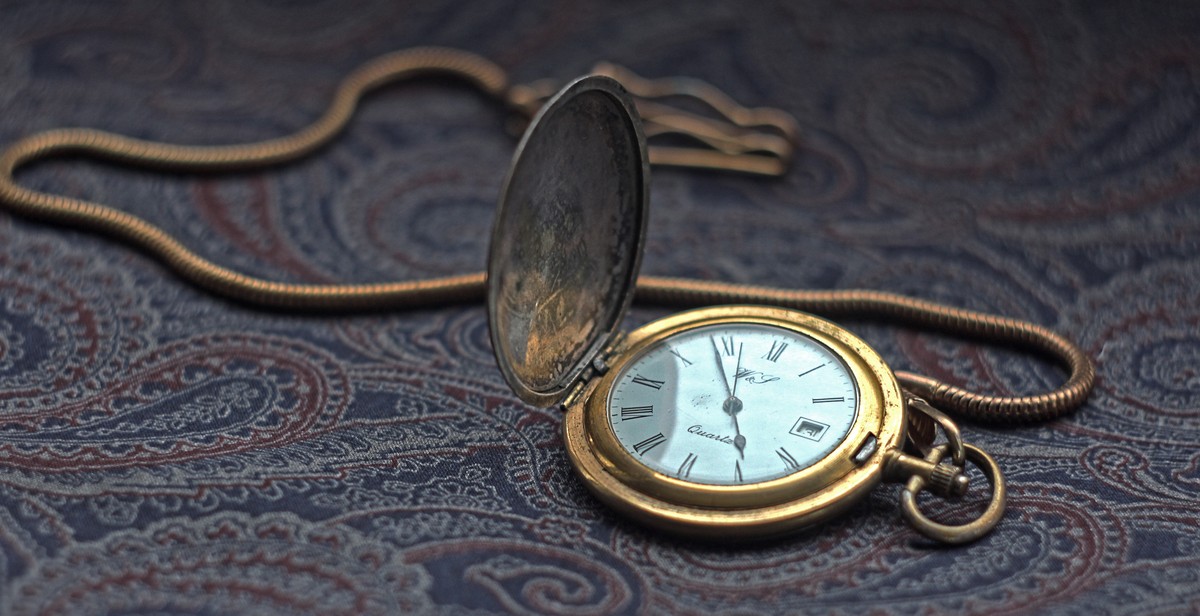
Where to Find Antique and Vintage Jewelry
Antique and vintage jewelry can be found in various places, including antique shops and markets, online auctions and marketplaces, and estate sales and auctions.
Antique Shops and Markets
Antique shops and markets are a great place to find antique and vintage jewelry. These shops often have a wide range of jewelry pieces, from Victorian to Art Deco styles. Antique shops and markets are also a great place to find unique and one-of-a-kind pieces that cannot be found anywhere else. You can also speak to the shop owners who are usually knowledgeable about the history and value of the pieces they sell.
Online Auctions and Marketplaces
Online auctions and marketplaces such as eBay, Etsy, and Ruby Lane are great places to find antique and vintage jewelry. These platforms offer a wide range of jewelry pieces, from all over the world, and can be accessed from the comfort of your own home. However, it is important to be cautious when purchasing from these platforms, as there are many counterfeit and fake pieces being sold.
Estate Sales and Auctions
Estate sales and auctions are a great place to find antique and vintage jewelry. These sales often have a wide range of jewelry pieces, from designer pieces to costume jewelry. Estate sales and auctions can also be a great place to find jewelry pieces at a lower price than retail value. However, it is important to do your research beforehand and attend these sales with a knowledgeable eye to ensure that you are getting a good deal on an authentic piece.
| Location | Advantages | Disadvantages |
|---|---|---|
| Antique Shops and Markets | Wide range of unique pieces, knowledgeable shop owners | May be more expensive than online options |
| Online Auctions and Marketplaces | Wide range of pieces, accessible from home | Risk of counterfeit and fake pieces |
| Estate Sales and Auctions | Wide range of pieces at lower prices, potential for great deals | Requires research and knowledge to ensure authenticity |
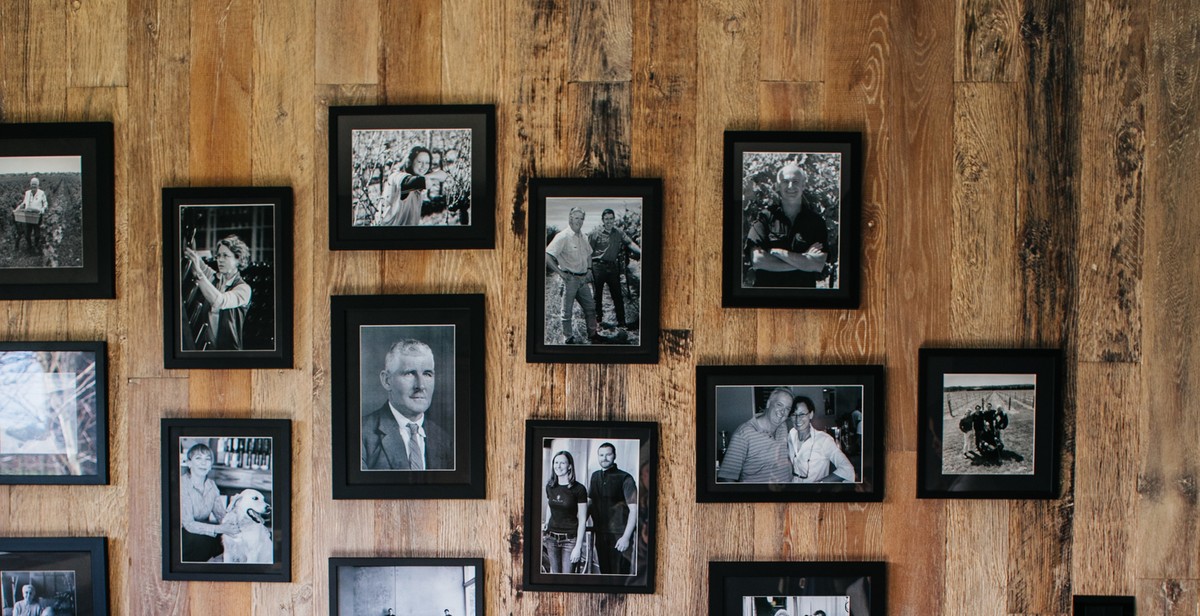
Conclusion: The Beauty and Timelessness of Antique and Vintage Jewelry
Collecting antique and vintage jewelry is a fascinating and rewarding hobby that allows you to explore different eras and styles, appreciate the craftsmanship and artistry of the past, and acquire unique and precious pieces that have stood the test of time.
The Joy of Collecting Antique and Vintage Jewelry
Whether you are a seasoned collector or a beginner, the world of antique and vintage jewelry offers endless possibilities for discovery and enjoyment. From Victorian mourning jewelry to Art Deco diamond rings, from retro cocktail bracelets to mid-century modernist brooches, there is something for every taste and budget.
Antique and vintage jewelry also has a rich history and cultural significance that adds to its allure. Each piece tells a story and reflects the fashion, social norms, and values of its time. By collecting antique and vintage jewelry, you become a custodian of this heritage and contribute to its preservation and appreciation.
The Importance of Quality and Authenticity
When collecting antique and vintage jewelry, it is essential to prioritize quality and authenticity over quantity and trendiness. Investing in well-crafted and genuine pieces will not only ensure their long-term value but also enhance your appreciation and enjoyment of them.
It is also crucial to educate yourself on the characteristics and marks of different eras and makers, as well as the common issues and repairs that affect antique and vintage jewelry. This knowledge will help you make informed decisions and avoid costly mistakes.
The Future of Antique and Vintage Jewelry
As the world becomes more fast-paced and disposable, antique and vintage jewelry remains a testament to the enduring beauty and timelessness of human creativity and craftsmanship. It is also a sustainable and ethical alternative to mass-produced and environmentally damaging new jewelry.
Therefore, the future of antique and vintage jewelry looks bright, with a growing demand from collectors, investors, and consumers who value quality, authenticity, and heritage. By embracing this trend, you can not only enrich your life but also contribute to a more conscious and responsible world.
| Benefits of Collecting Antique and Vintage Jewelry |
|---|
| Expands your knowledge and appreciation of history, art, and culture |
| Allows you to express your personality and style in a unique and meaningful way |
| Provides a sustainable and ethical alternative to new jewelry |
| Offers a potential investment opportunity and a hedge against inflation |
| Brings joy and satisfaction to your life and those around you |

